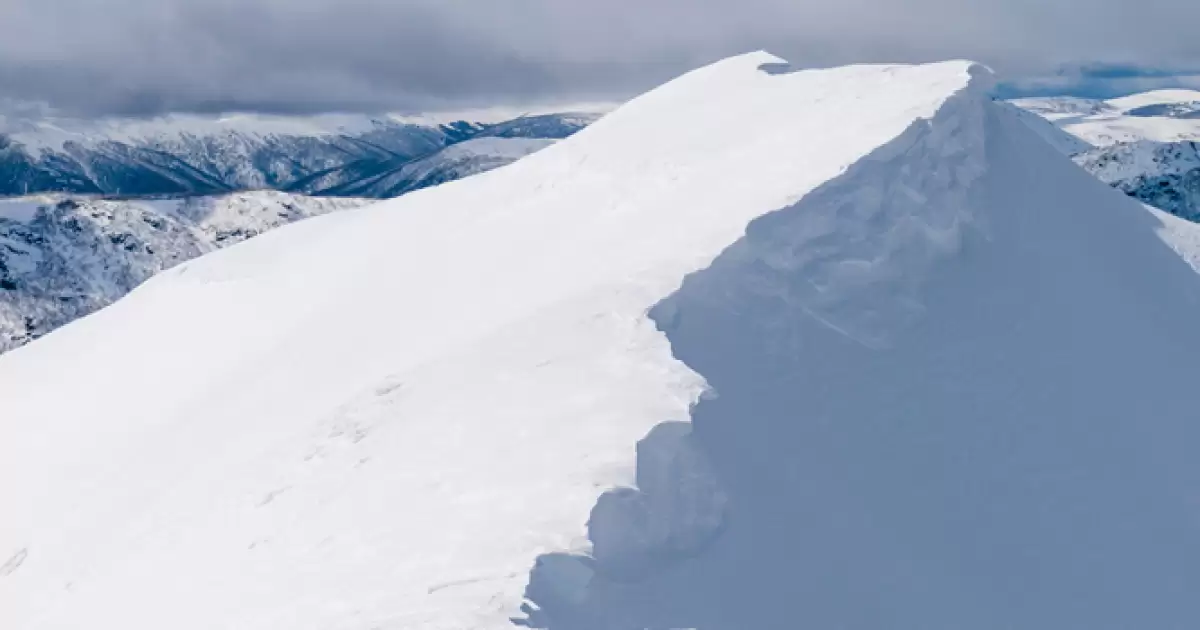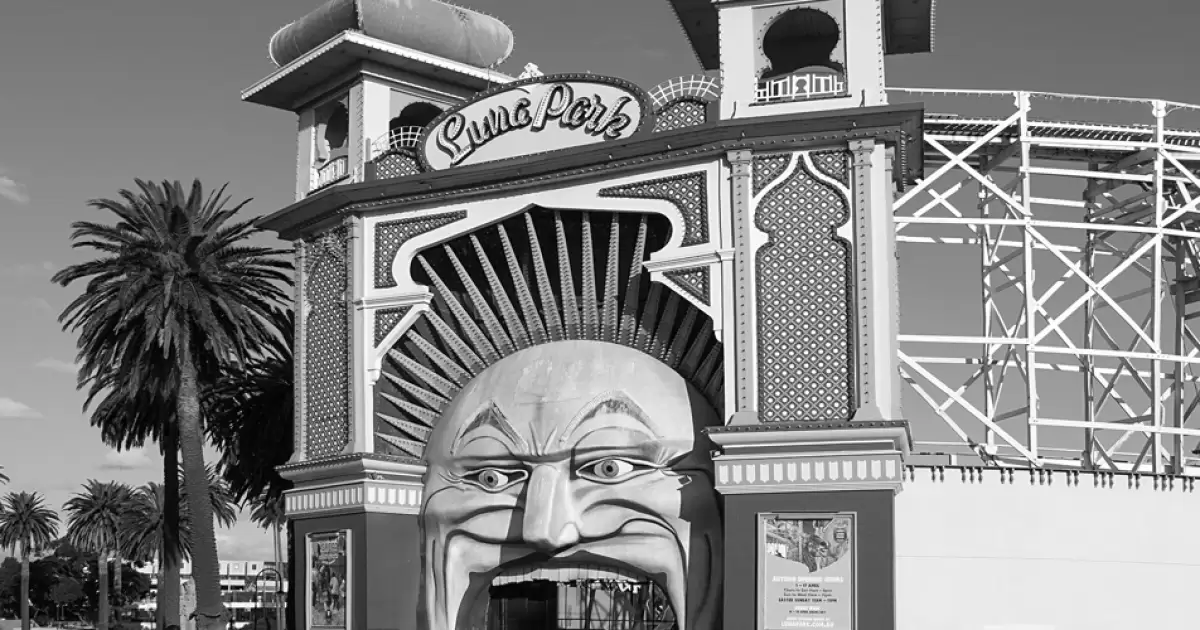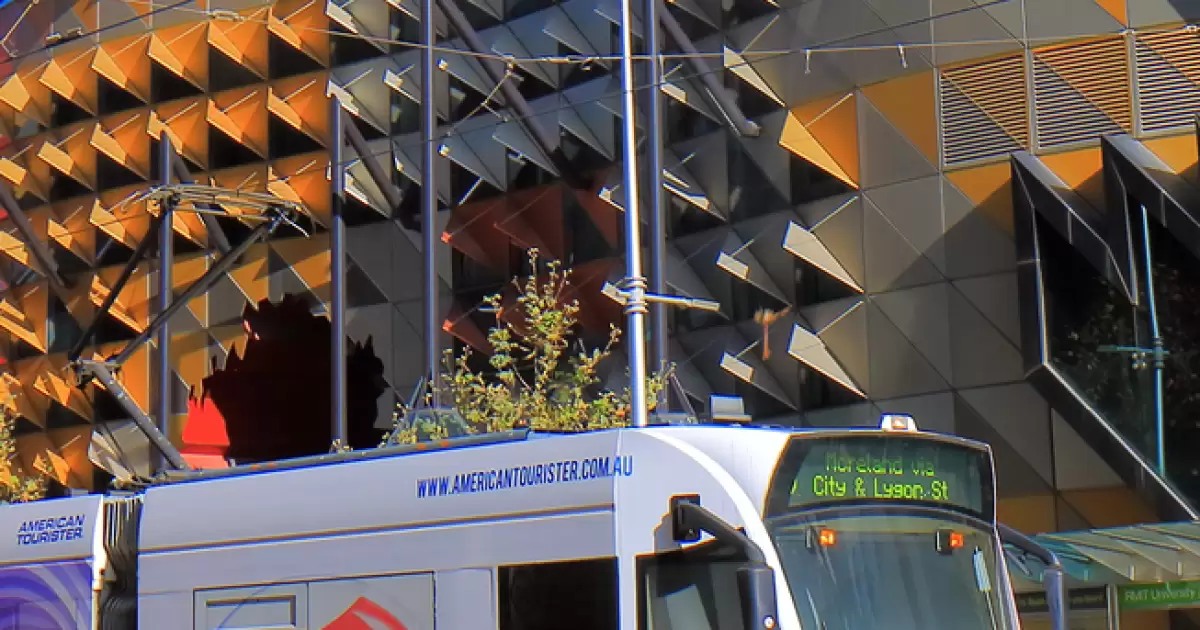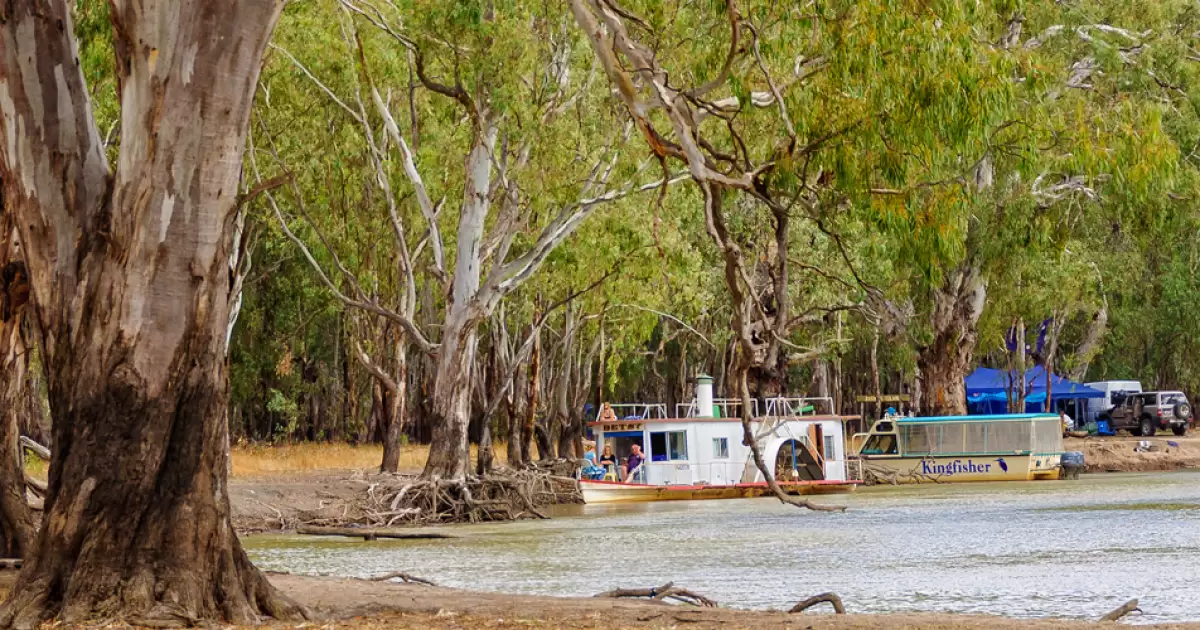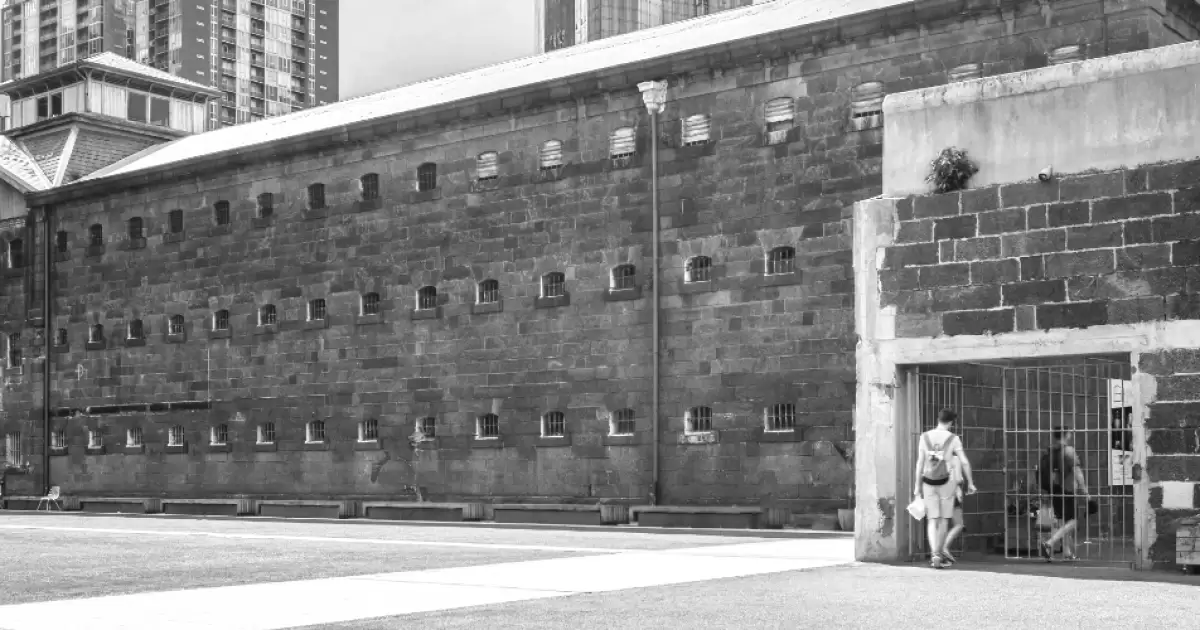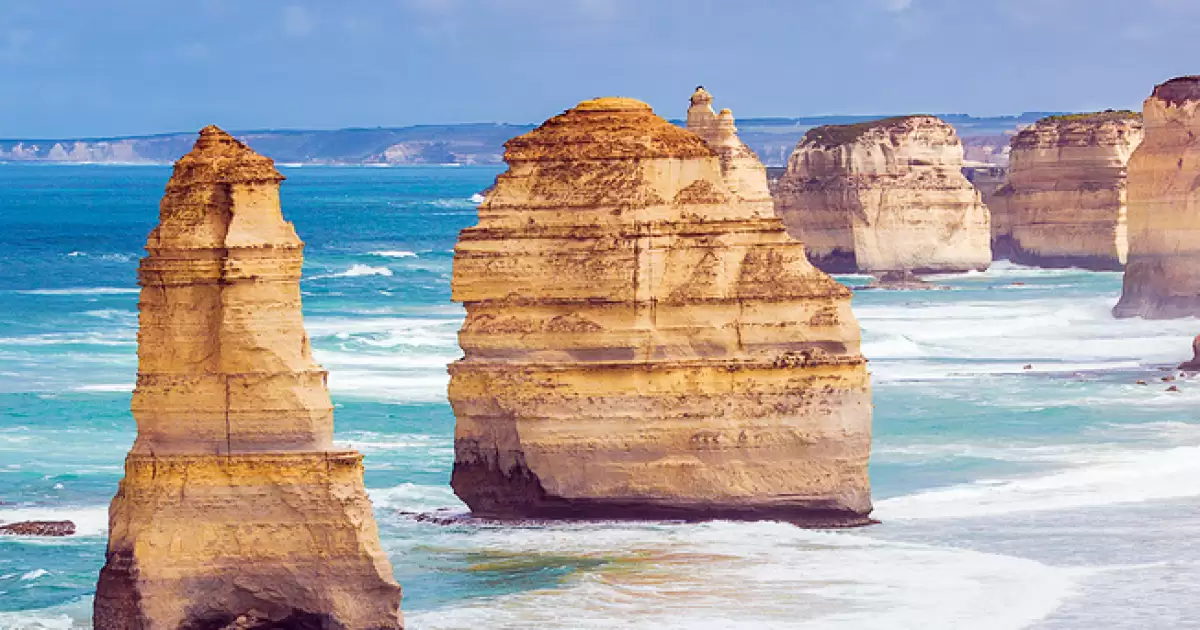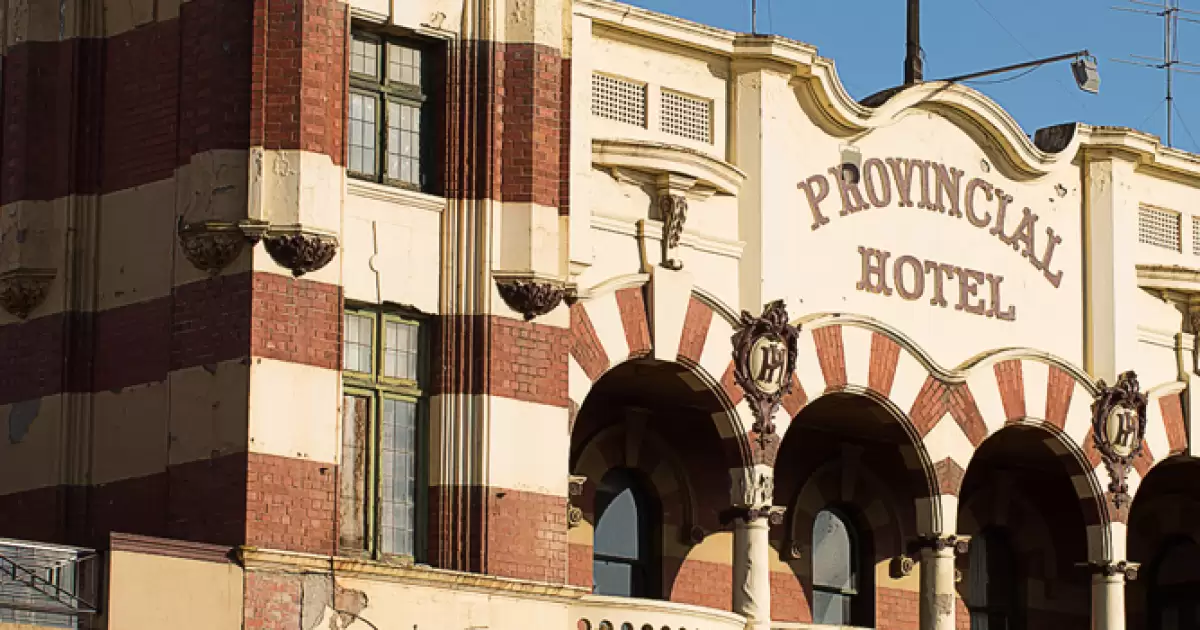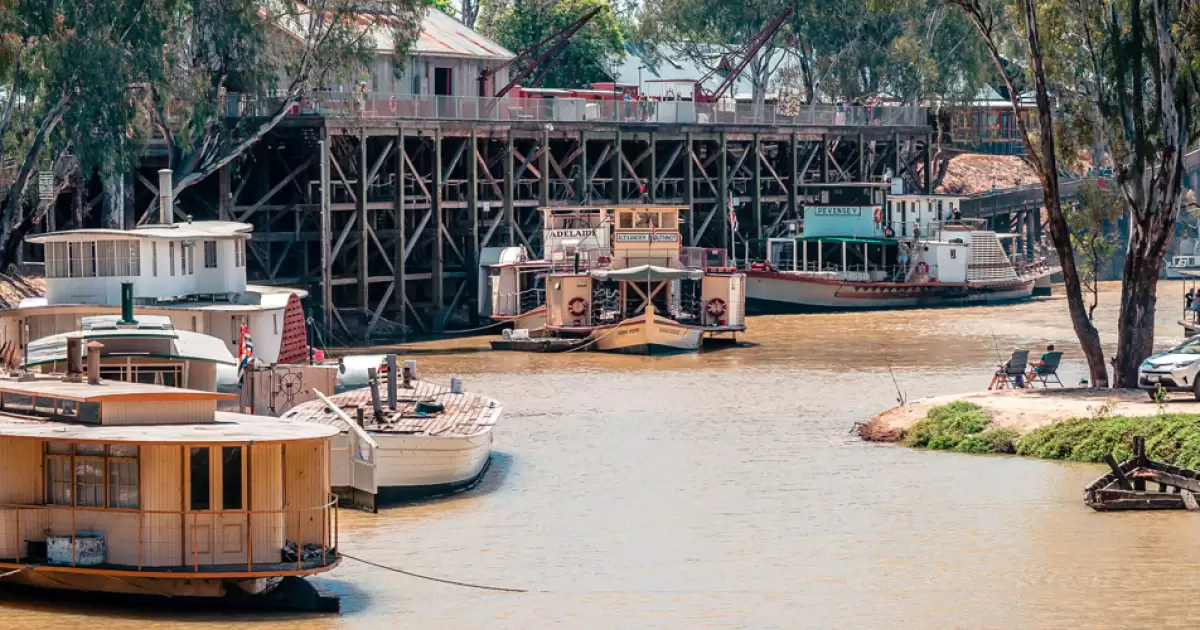Victoria combines heritage, nature, arts, architecture and class. It has a variety of landscapes from the dry outback, to snowy mountains & lush forests to an inspiring coastline.
Climate
The southern part of the state has a Mediterranean climate, while the rest of the state has either an arid, or semi-arid climate. South Australia's main temperature range is 29 °C (84 °F) in January and 15 °C (59 °F) in July. Daily temperatures in parts of the state in January and February can be up to 48 °C (118 °F).
About Our State
From elegant Victorian-era buildings and Murray River paddle steamers to maritime museums and steam trains, or preserved goldmining towns to bushrangers lairs, evidence of Victoria's colourful place in Australia's history is evident. Ancient burial sites also testify to the long history of Aboriginal occupation in Victoria. If you're into exploring, you will find littered around Victoria many markers that have been preserved to plot important historic sites. The gold rush caused the rapid expansion of Melbourne and nearby Geelong, and the injection of wealth led to the construction of many fine public and private buildings, including imposing churches, hotels and homes.
Society & Culture
As most know, Australians are crazy about their sport! As spectators or competitors, Australians can't seem to get enough of it. One in particular is Australian rules, invented in Melbourne, and is the predominant winter sport in most parts of Australia. The Victoria Football League was once the dominating force in Australian Rules Football, now shared with other states as the Australian Football league.
Melbourne is rich in arts and culture, alive with entertainment, while peaceful and enchanting. For most of it's history it has been the sport capital of Australia attracting many high profile events.
Things To Do
The land of 4 seasons in one day, Victoria's unique and varied landscapes are easily accessible as day trips from Melbourne.
Access to the snowfields also doesn't require exhaustive travel, you can drive, fly or catch a bus to Victoria's snowfields, most within a 3 hour drive of the city. Victoria's alpine resorts lie predominantly to the north-east of Melbourne.
You will probably be surprised to hear that the Snowy Mountains on the Victoria and New South Wales border receives more snow than Switzerland!
Melbourne attracts most of the best festivals, exhibitions and stage shows to come to Australia.
More About The Area
Victoria is roughly the size of the British Isles, with its capital Melbourne located around the shores of Port Phillip Bay, with the city itself nested on the Yarra River, approximately five kilometres from the bay, and is Australia's 2nd largest city. Located in the south-east, bordered by South Australia and New South Wales, the landscape consists of mountains, rainforests, deserts, snowfields, vineyards and market gardens.
A network of first-class roads, connecting the state's cities and towns as well as interstate destinations, means it is easy to reach your destination by car, motorbike or bicycle.
In 1851 gold was discovered near Ballarat and at Bendigo. Discoveries then occurred across Victoria, triggering one of the largest gold rushes the world has ever seen. As a result of the gold rush, Melbourne had by then become the financial centre of Australia and New Zealand. Despite being the historic centre of Australia's gold rush, Victoria today contributes a mere 1% of national gold production.

